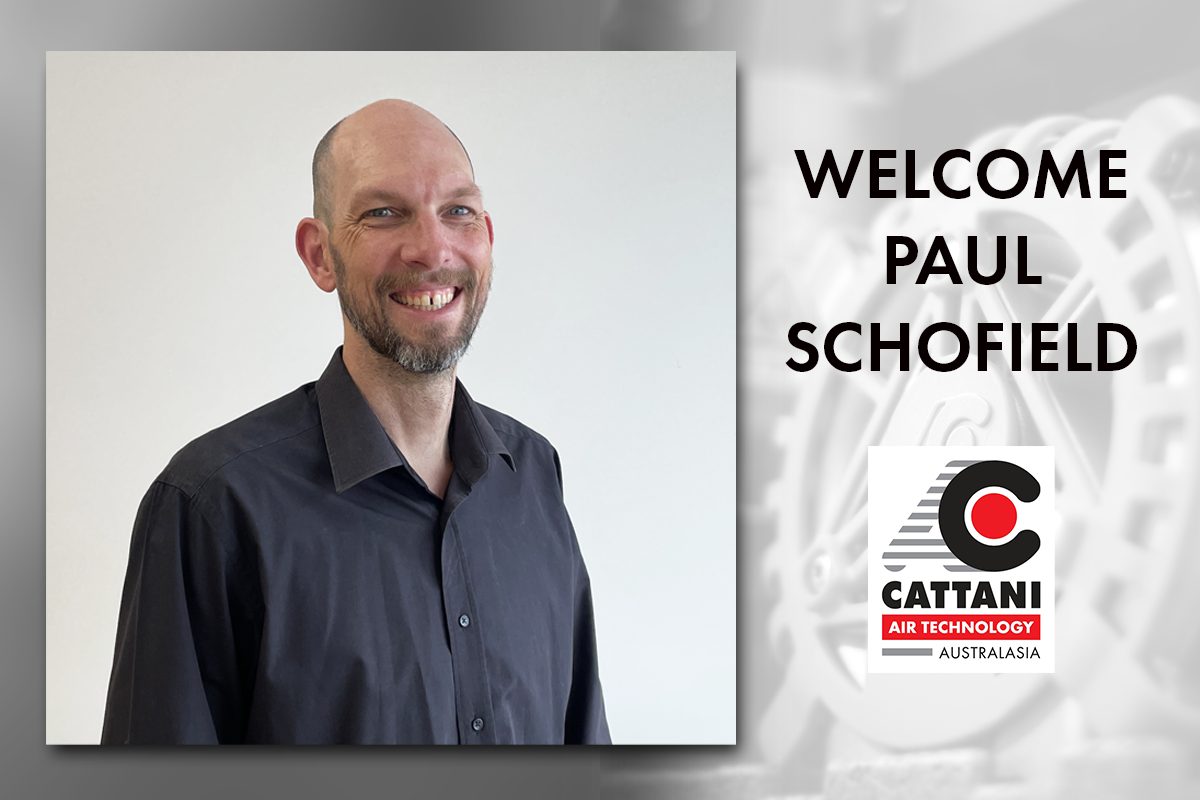SMART Cube - quieter, smarter suction
Cattani goes about the suction business quietly and efficiently
Suction units make their fair share of noise but we can’t run a practice without them. Manufacturers, therefore, are doing their best to reduce that noise, with Cattani’s SMART Cube suction range a fine example of what can be achieved – quietly and efficiently.
Half as loud, cheaper to run
Half the perceived loudness
The Cube was designed with a few key benefits in mind, one of which was reducing noise emissions as much as possible. The growing trend is for practices to be located in places where space is at a premium, such as shopping and medical centres. That means less room for suction units and more concern about noise. It’s a blessing then – for patients and staff – that Cattani’s engineers have been able to cut the noise by half* with the Cube’s acoustic housing, making it an ideal choice in any environment. In fact, a ventilated cupboard is all the space you need for most Cattani suction units.
And cheaper to run
Don’t think that cutting the noise output by 50% is the only benefit of the Cattani SMART Cube. Rather than putting Cattani’s classic suction unit in a noise-reducing box, the Cube project prompted Cattani to redesign the motor to make it as compact as possible, with the major benefits being much greater efficiency – which translates into lower running costs.
Cattani’s Business Development Manager-Technical, Jason Borg, says the Cube compares very favourably with the classic suction unit for energy consumption, so while it costs about 10% more than the classic unit, the Cube will pay for itself well within its lifetime. “The price difference is already justified by the peace and quiet the acoustic cover brings to the working environment,” says Jason, “but with the energy savings, the benefits multiply.”
Inverter control measures suction demand and adjusts performance
SMART by name, smart by nature
Traditional suction motors have a fixed speed that makes them notoriously inefficient: when just a small number of chairs are in use, the motor’s energy consumption remains constantly high. Mr Ennio Cattani, head of the Cattani company in Italy and a hands-on engineer, pioneered the use of inverter technology in dental suction equipment 10 years ago, solving this waste energy problem to the added benefit of the dentist’s bottom line.
Inverter control has sensors that measure demand for suction and adjust the motor’s performance accordingly. In this way, Cattani SMART units always send the optimal amount of air through the system and use the optimal amount of energy. Sensors also detect unusual changes that could damage the machine, allowing it to protect itself. Cattani’s own Hydrocyclone amalgam retention system is also available with the Cube, and can be retro-fitted.
“Cattani is a relatively small family business, and they have always had one focus,” says Jason. “Mr Cattani and his team have the design and engineering nous to build anything, but they are undistracted in their ambition to make better suction and compressed air equipment for dentists.”
We’ve got your back
Thanks to inverter technology, installing parallel SMART suction systems and have them “talk” to each other is a simple exercise. This way, you can expand clinic capacity easily and at the same time introduce built-in redundancy, or back-up, to ensure the clinic keeps running no matter what.

Cattani backs its suction units with a three-year warranty
Peace of mind – in writing
With constant improvement, Cattani equipment is highly regarded around the world, and the confidence the company has in its suction units is reflected in the size of the warranty – three years.
“We stand for peace of mind – we’re there for the end user, in our equipment and our technical support,” says Jason. “We do everything we can to ensure dental workflow security with our reliability, and nothing says reliability like a long warranty.”
*A conservative approximation based on a reduction in decibel level between the standard suction unit and the Cube of about 10 decibels, roughly in the 70 down to 60 range. In that range, a reduction of 10 decibels halves perceived loudness.
OTHER STORIES





